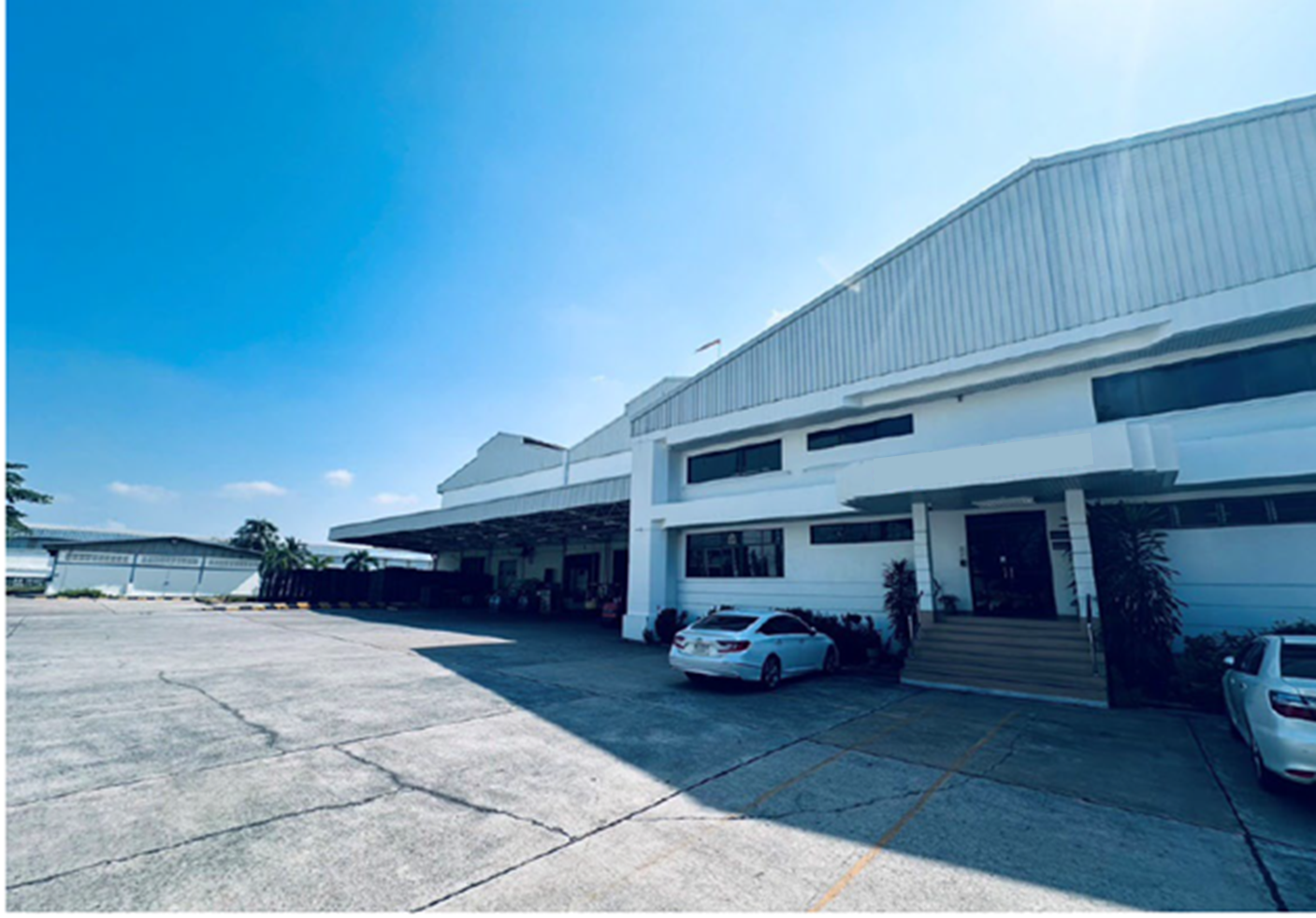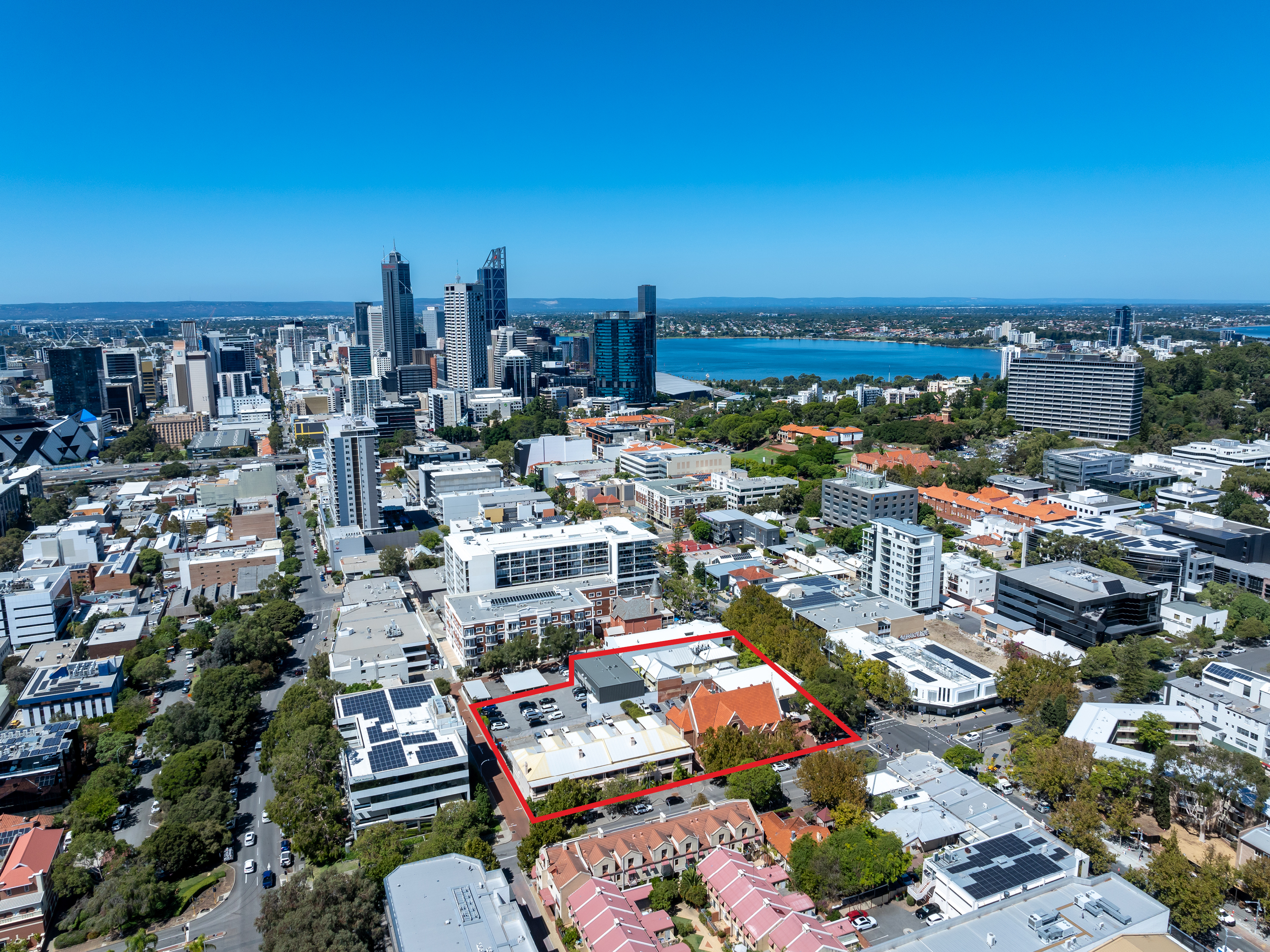A decade of Make in India
Reflecting on progress and envisioning the future
The ‘Make in India’ initiative, launched on September 25, 2014, by Prime Minister of India, Shri Narendra Modi, marks its 10-year anniversary. This strategic measure has been instrumental in defining India's ambitious nation-building efforts, aiming to establish the country as the global centre for innovation, design, and manufacturing across 27 sectors. The initiative’s objectives included improving the local supply chain, developing key downstream operations, and incentivising investments in high-tech production/advanced manufacturing. This was done in two distinct phases:
Phase 1 - Make in India 1.0 (2014-19): the study and opportunity pitch
‘Steering Committee for Advanced Local Value-add & Exports’ (SCALE) under Ministry of Commerce, Government of India was formed to identify critical issues / bottlenecks for each sector, which if addressed, could trigger immediate recovery, and bring in long-term benefits and accelerate manufacturing in India.
Looking for more insights? Never miss an update.
The latest news, insights and opportunities from global commercial real estate markets straight to your inbox.
Policies to drive change
India's primary vision in the manufacturing space focuses on building competitiveness through policy reforms. Several initiatives were undertaken to achieve four key initiatives:
| Key objectives | |||
|---|---|---|---|
| Economies of scale | Reduce imports | Increase exports | Boost demand |
| Fostering a supportive ecosystem for growth across all industrial scales. | Strategically promoting high-potential sectors to boost domestic production and cut imports. | Implement policies to enhance India's global manufacturing competitiveness and exports. | Revise sourcing norms and remove policy barriers to stimulate domestic demand. |
| Key initiatives to achieve | |||
|---|---|---|---|
| PLI Scheme: 4-6% incentives on increased sales of India-made electronics. | Import ban on air conditioners (ACs) with refrigerants. | PLI scheme: 5% incentive on increased sales of India-made medical devices. | Major port authorities bill: boost port infrastructure via decentralization and deregulation. |
Investment Opportunities
Phase 2 - Make in India 2.0 (2019 -24): action and implementation
This phase is focused on concrete actions and implementations of policies including:
- Reduction of corporate tax from 22% to 15% (2019-2024) for new manufacturing units, making India competitive in the Southeast Asian market
- Expanding the initiative covering 27 sectors, driving achievements, and reinforcing India's global manufacturing prowess
- These measures, along with various other initiatives, have propelled India towards becoming a formidable force in the global trade and commerce landscape
India’s manufacturing journey: then & now
The manufacturing sector in India has been growing exponentially with a keen focus on built spaces. As per our latest report, the demand for leasing of manufacturing spaces in India has grown 4.5 times in 3 years, going from 3.2 mn sq ft in 2020 to 13.8 mn sq ft in 2023 (16 mn sq ft projected for 2024). Here’s a quick glance at India’s macro-economic numbers:
Source: World Bank, Invest India, IBEF, PIB, DGCIS
Advantage India: manufacturing sectoral growth story
Source: World Bank, Invest India, IBEF, PIB, DGCIS
| Sector | Growth | Exports / Imports | Key Investors |
|---|---|---|---|
| Electronics manufacturing (Mobile phones / telecom / drones & drone components / IT hardware / white goods) | India's electronics sector grew to US$ 155 bn in FY23, almost quadrupling its value from FY16, driven mainly by mobile phones. | Mobile exports surged 77 times from 2014. Currently, 99% of Indian mobile phones are domestically made, a sharp rise from 26% in 2014-15 | Foxconn, Pegatron, Samsung, Optiemus, Padget Electronics, Lava International, Bhagwati Products |
| Medical devices/ pharmaceutical drugs / drug intermediaries and API | The Indian pharmaceutical industry has grown 1.3 times in the last 5 years (from US$ 38 bn in 2018 to US$ 50 bn in 2023). It is projected to reach US$130 bn by 2030. | Exports nearly doubled (increasing from US$ 15.07 bn in 2013-14 to US$ 27.85 bn in FY 2023-24) Significant reduction in imports of raw materials in the pharma sector. |
Panacea Medical Technologies, Siemens Healthcare, Allengers Medical Systems, Aurobindo Pharma, Karnataka Antibiotics & Pharmaceuticals, Orchid Bio-Pharma, Reddy’s Laboratories, Biocon, Strides Pharma Science, Premier Medical |
| Electric vehicles | Sector, which was non-existent in 2014, is now valued at US$ 3 bn. | Exports reached US$ 10 mn in 2022 | Hyundai, Hero, SKODA, KIA, BMW, Tata Motors, Mahindra & Mahindra, Ather, Simple Energy, Ola |
| Defence & aerospace | The value of defence production in the country increased 2.3 times in the last 10 years (FY24 stood at US$ 15.3 bn which was 6.5 in 2014) | Exports have experienced a 21-fold increase soaring to US$ 2.5 bn, reaching over 85 nations | Aarav unmanned systems, Asteria Aerospace, Absolute Composits Bangalore, Adroitec Information systems |
| Renewable energy | By March 2023, the cumulative PV Module manufacturing capacity had surged to around 38GW, which is double the capacity from 2020 (15GW). | Indian PV exports (by value) have already risen by more than 5x in the last one year | Adani Green energy, Suzlon Energy, Renew Power, Borosil Renewables, JSW Energy, Vestas, Nordex, Gurit |
| Specialty steel | India ranks as the world's second-largest producer of steel and is poised to overtake China as the world's second-largest consumer of steel. | Export of finished steel has increased by over 50% since 2014 | ArcelorMittal Nippon Steel India, Jindal Steel Odisha, The Tinplate company of India, Bhushan Power & Steel |
| Food processing | The Gross Value Added (GVA) of the food processing sector has increased from US$ 21.91 bn in 2014-15 to US$ 27.95 bn in 2021-22 | The share of processed food exports in agri-exports has increased substantially from 13.7% to 25.6% in the last 10 years. | Britannia Industries Limited, Haldiram Snacks, Parle Biscuits, Bikaji Foods, ITC, Bikanervala Foods, Anmol Ind |
Source: PIB, IBEF, Institute for Energy Economic & Financial Analysis, Indian Pharmaceutical Alliance, DGCIS, NITI Aayog
Global investment intensions in India
| Company | HQ country | Sector | USD mn | Location |
|---|---|---|---|---|
| Hyundai Motors | South Korea | Automotive | 2,756 | Tamil Nadu |
| Skoda-Auto Volkswagen | Germany | Automotive | 1,797 | Maharashtra |
| IMR Metallurgical Resources | Switzerland | Metal | 1,438 | Andhra Pradesh |
| Hyundai Motors | South Korea | Automotive | 839 | Maharashtra |
| Micron | USA | Semiconductor | 825 | Gujarat |
| TDK Corp | Japan | Electronics | 779 | Haryana |
| Nissan, Renault | Japan, France | Automotive | 635 | Tamil Nadu |
| Nestle | Switzerland | Food and beverage | 599 | Odisha |
| VinFast | Vietnam | Automotive | 500 | Tamil Nadu |
| Saint-Gobain | France | Construction | 407 | Tamil Nadu |
| AMD | USA | Semiconductor | 400 | Karnataka |
| Pou Chen | Taiwan | Footwear | 276 | Tamil Nadu |
| Mitsubishi Electric | Japan | Electronics | 227 | Tamil Nadu |
| Shoetown | China | Footwear | 204 | Tamil Nadu |
| Mondelez | USA | Food and beverage | 192 | Andhra Pradesh |
| Boeing | USA | Aerospace | 192 | Karnataka |
| Wistron | Taiwan | Electronics | 180 | Andhra Pradesh |
| Siemens Healthineers | Germany | Healthcare | 156 | Karnataka |
| Youngone Corporation | South Korea | Textile | 120 | Telangana |
| ABB | Sweden, Switzerland | Engineering | 120 | Maharashtra |
*from company news articles. *For investment announcements in INR, an exchange rate of 1US$ = 82 INR has been used for conversion
Domestic investment intensions in India
| Company | Sector | USD mn | Location |
|---|---|---|---|
| Adani Energy | Energy | 100,000 | Gujarat |
| Tata Electronics + PSMC | Semiconductor | 10,905 | Gujarat |
| Maruti Suzuki | Automotive | 3,835 | Gujarat |
| Tata Semiconductor Assembly | Semiconductor | 3,235 | Assam |
| Tata Motors | Automotive | 1,000 | Tamil Nadu |
| Exide Battery | EV battery | 719 | Karnataka |
| Kaynes SemiCon | Semiconductor | 599 | Gujarat |
| Tata Chemicals | Chemicals | 479 | Gujarat |
| Sanofi Healthcare | Pharma | 431 | Telangana |
| Epsilon Carbon | Chemical | 240 | Odisha |
Where is India headed?
India’s aspirations at 100 years of independence i.e. by 2047 is to become a truly self-reliant developed nation or ‘Viksit Bharat’.
| Economy | 2nd largest in the world |
|---|---|
| Manufacturing GDP | To grow 15x to US$ 6.2 trillion |
| Services GDP | To grow 13x to US$ 20 trillion |
| FDI | To grow 12x to US$ 1 trillion |
| Exports | To grow 12x to US$ 8 trillion |
Source: Invest India, Davos paper.
Over the last decade, ‘Make in India’ has driven substantial growth across various sectors. As India proceeds towards its goals of becoming the world's second-largest economy, growing the manufacturing GDP 15-fold, and increasing exports 12-fold, ‘Make in India’ has laid a strong foundation stone for these aspirations. With continued policy support and strategic focus on key sectors, India is well on its way to realising its vision of becoming a global manufacturing powerhouse.
What’s your investment ambition?
Uncover opportunities and capital sources all over the world and discover how we can help you achieve your investment goals.




